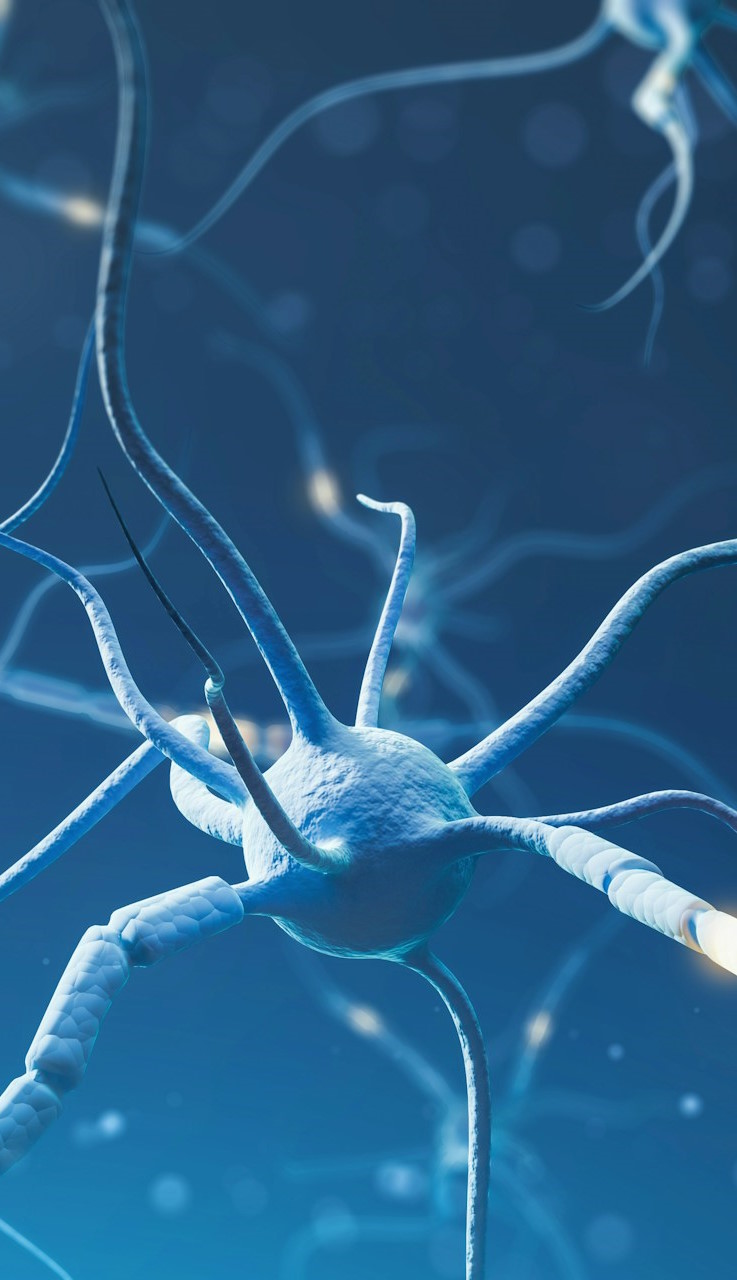
We research human cognition
for your solution strategy.
We teach research skills & rationale.
Data Science That Listens
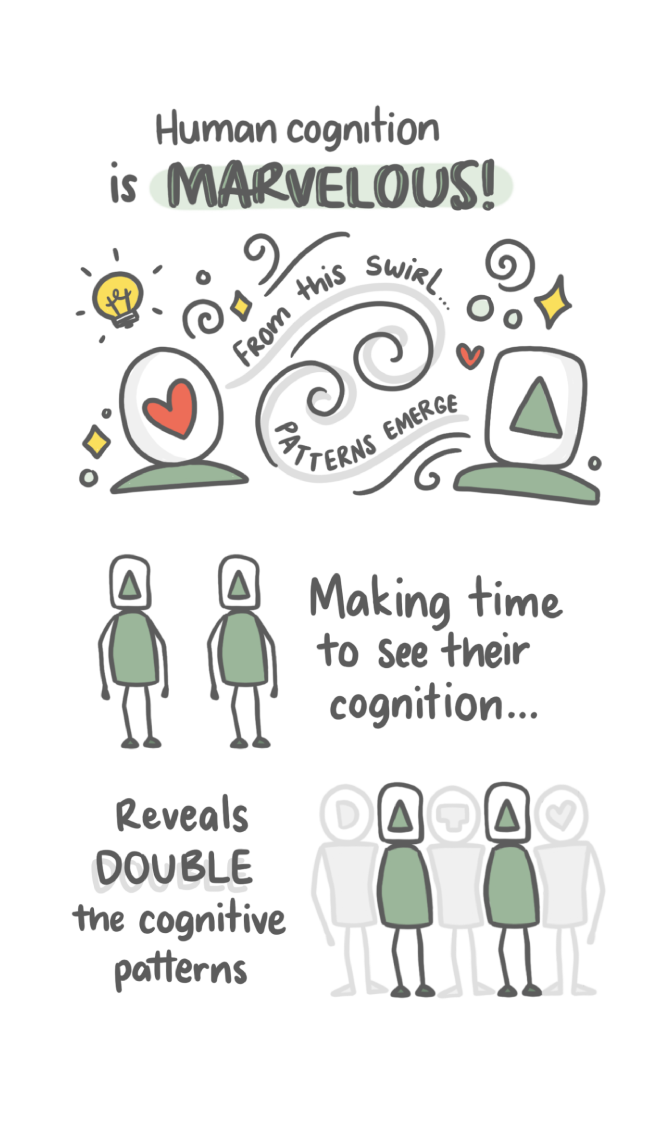
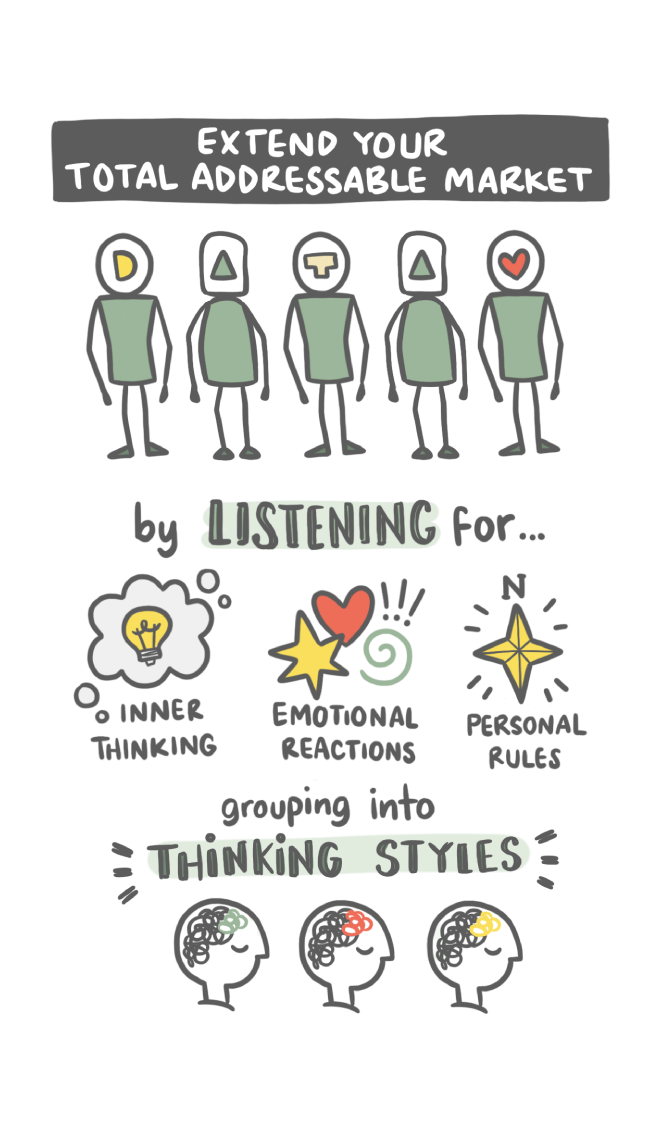
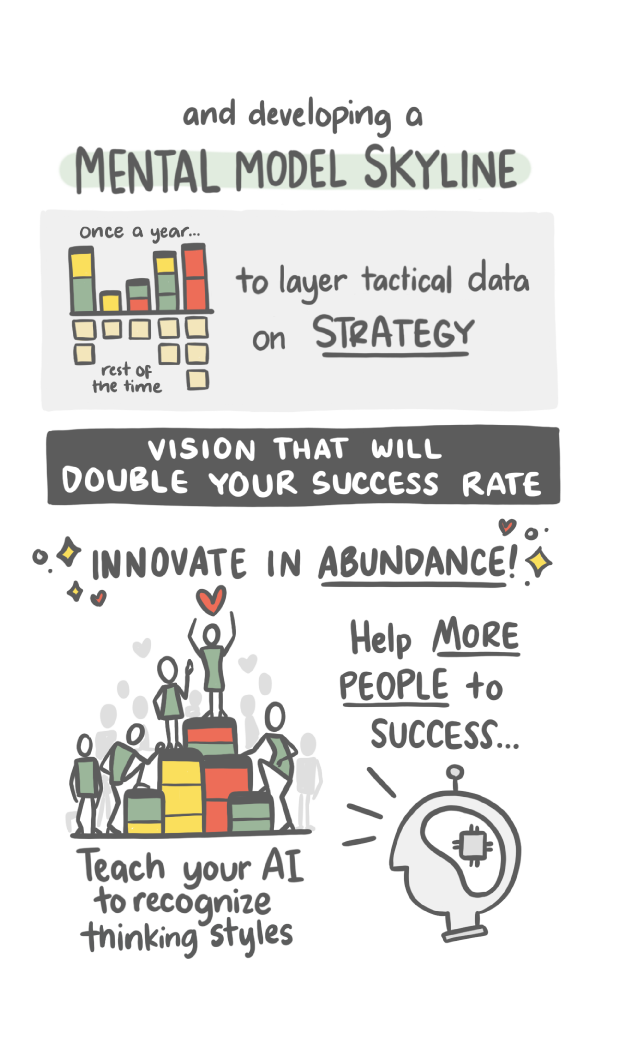
We work in many languages & cultures.
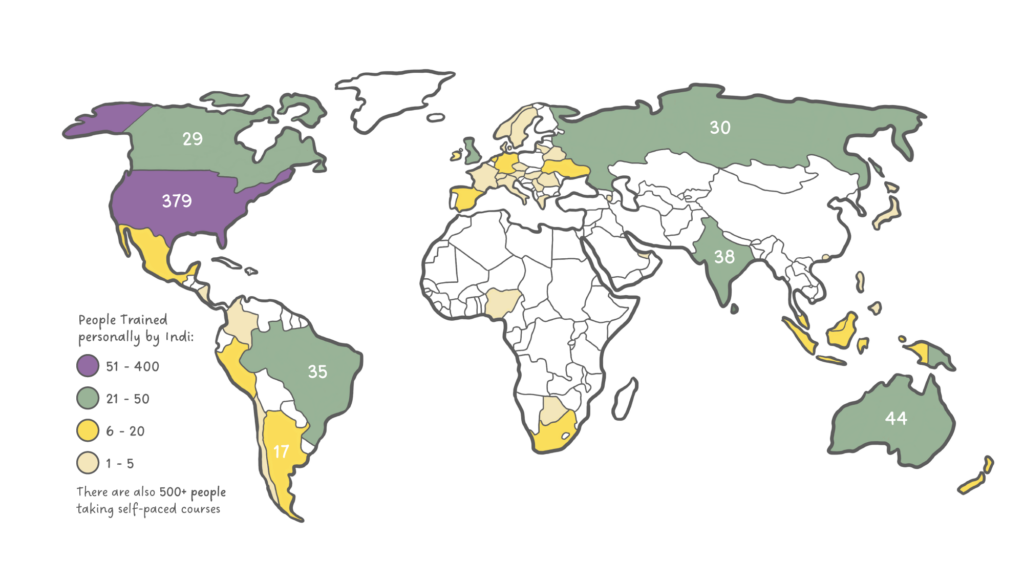
News
Upcoming Events
Recent Events
24-Jun-25 The Design Psychologist
How to Decode Conversation: A Paradigm Shift in Qualitative Insight and Human Understanding
If you've ever felt like your user interviews only skim the surface—or if you've relied too heavily on personas—you might be missing the most powerful...
10-Jun-25 Bridgepointe Technologies Podcast
Why Fast Innovation Fails, and What Indi Young Says to Do Instead
In this episode of The Bridgecast, host Scott Kinka sits down with Indi Young, an Independent Qualitative Data Scientist, Coach, and Consultant. Together, they...
21-Jan-25 BTI
Episode #014: Indi Young – Data Science that Listens
Indi has redefined how we approach research by championing deep listening and cognitive empathy to understand users’ experiences truly.



